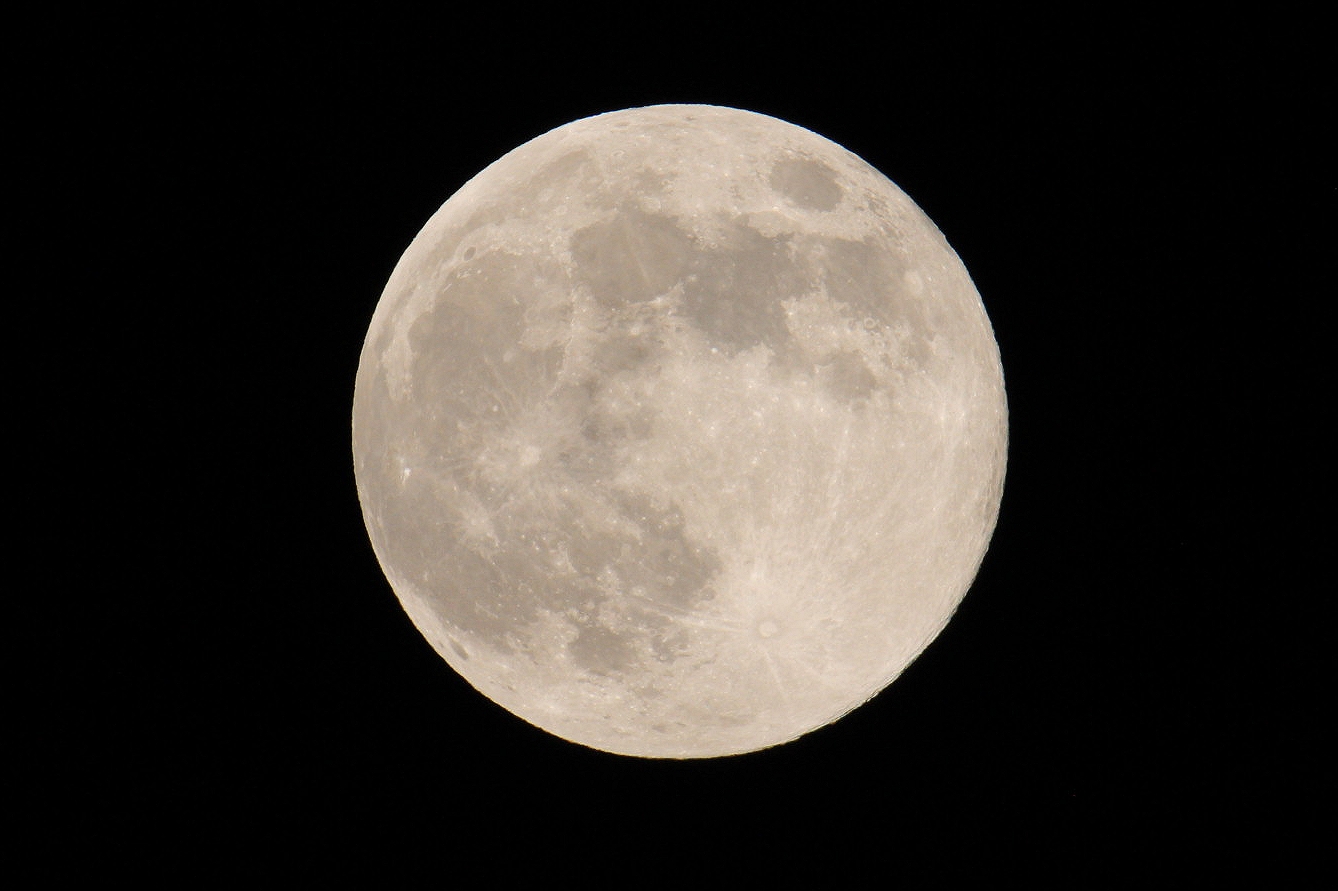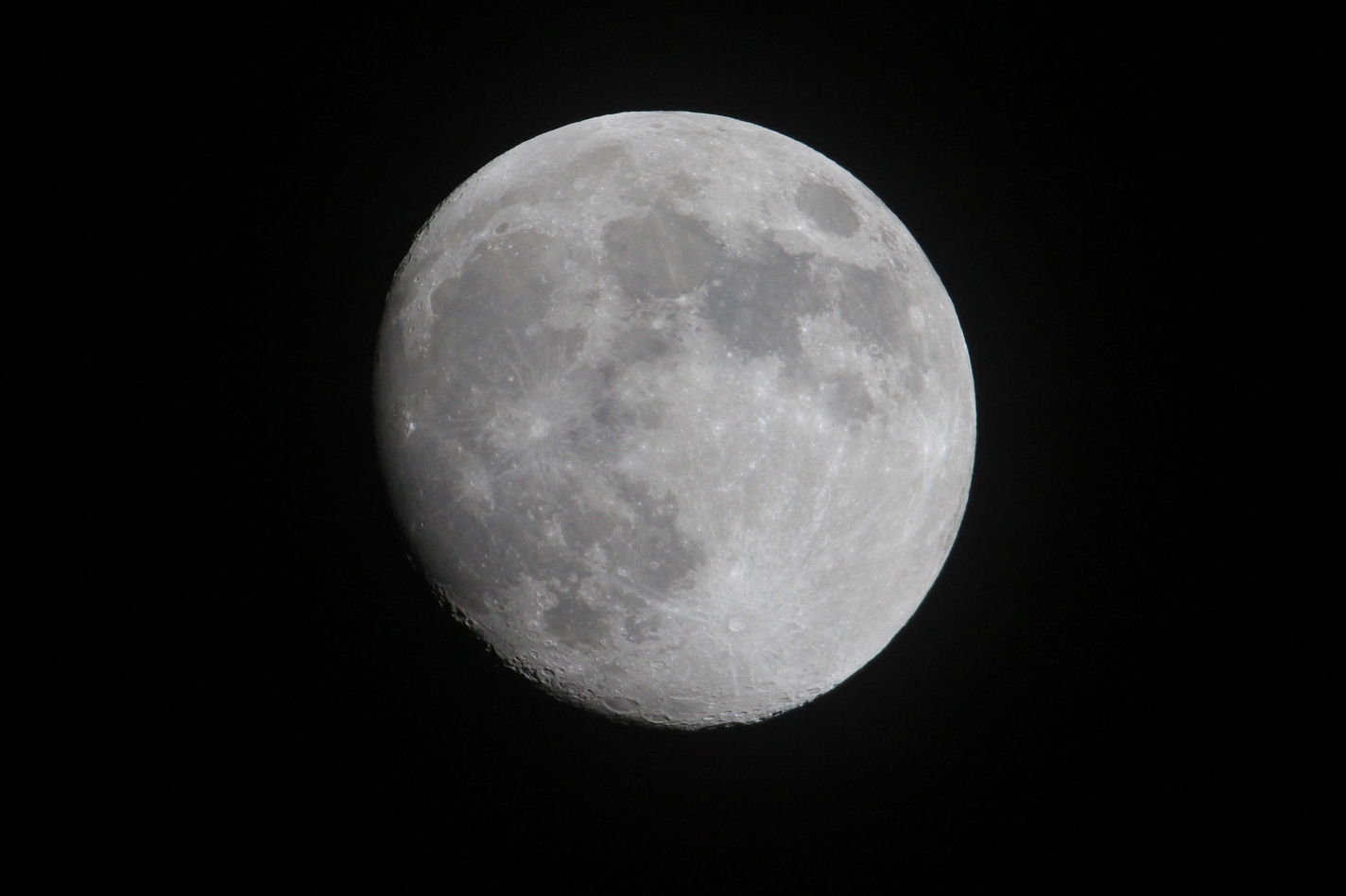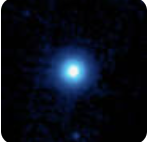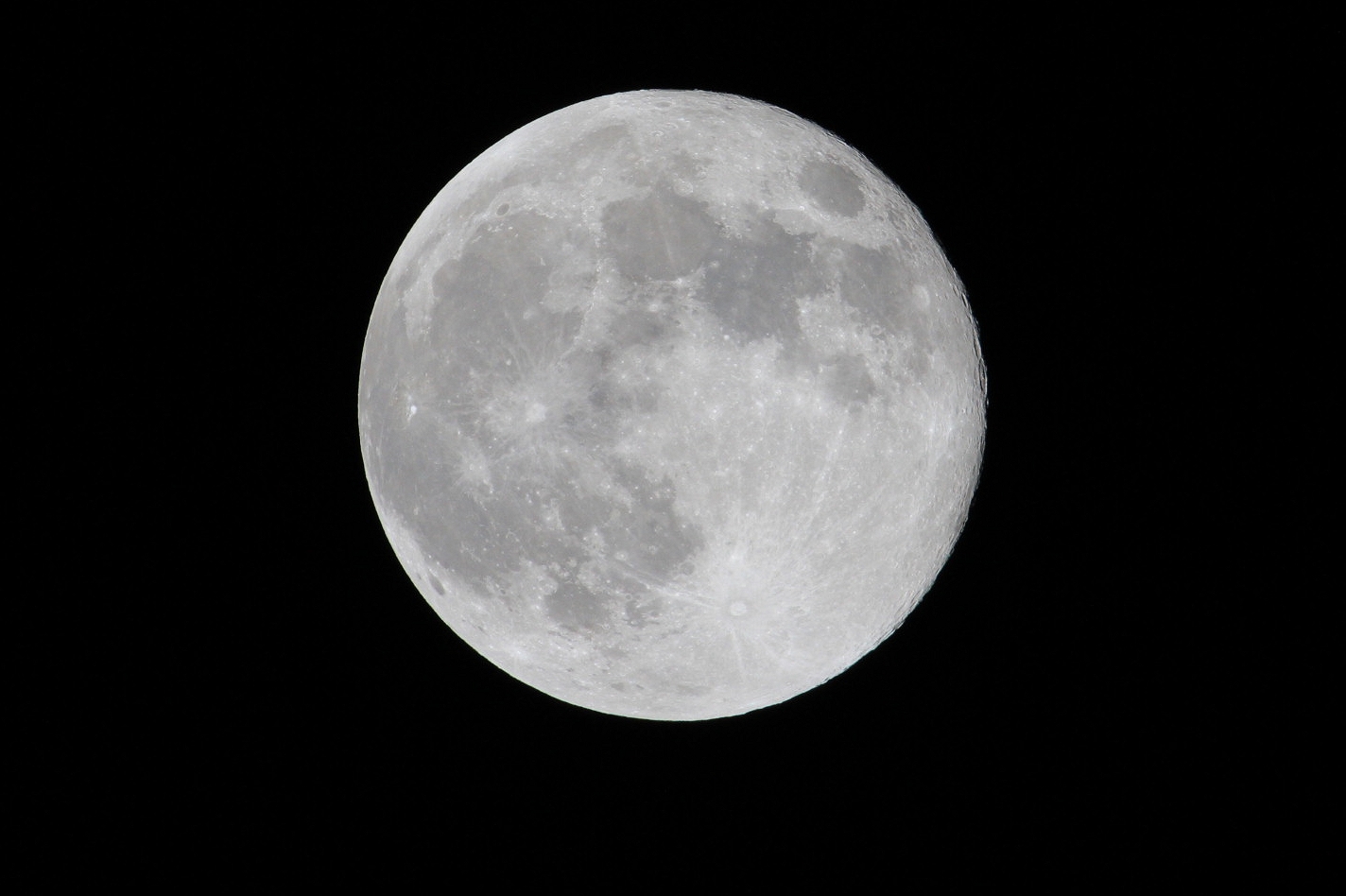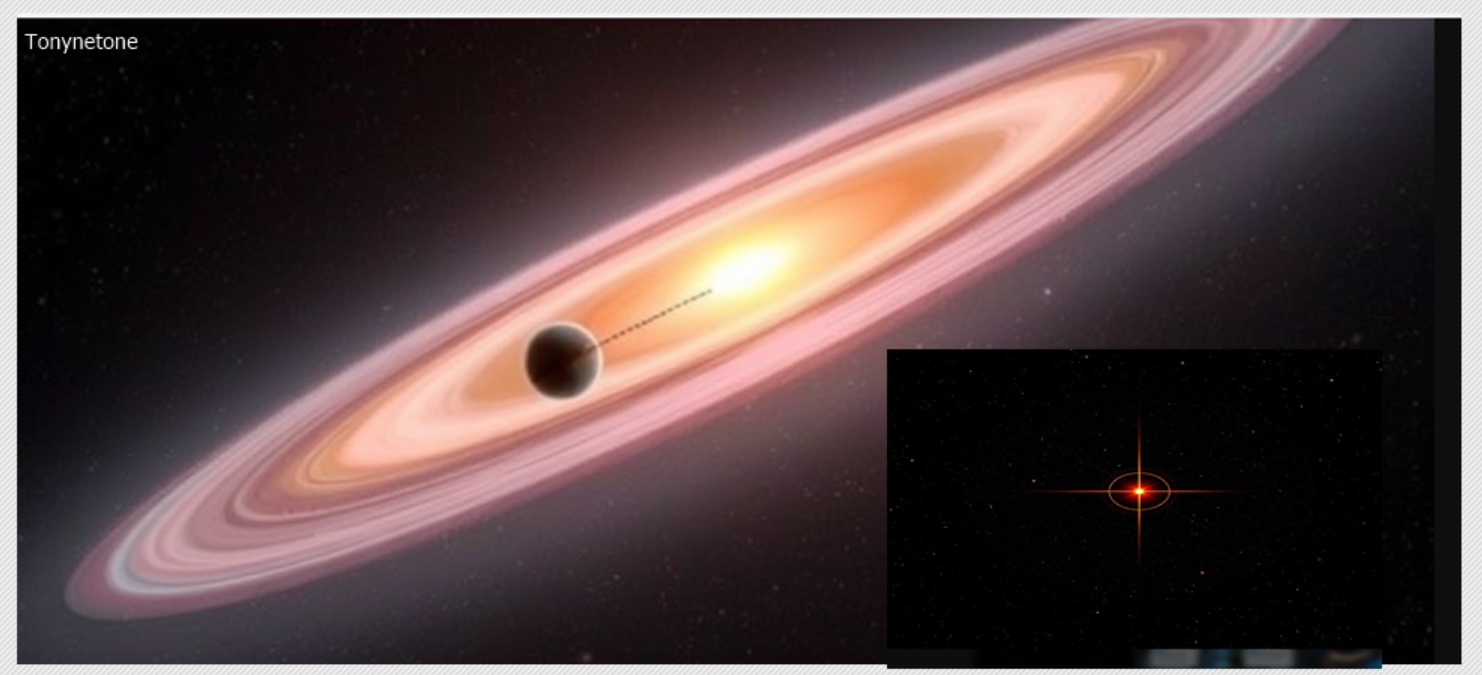The dazzling talent Kylian Mbappe continues impressing the world of football by his talents. Mbappe was the top footballer in the team of Paris Saint Germain, but the team suffered a loss in their EURO campaign. But, he's made an impressive start to the new season and is the joint top scorer for the club in Ligue 1 Uber Eats.
Mbappe's FIFA statistics continue to get more and better every year. His score has increased to 91. He was previously scored 90. Mbappe is a dazzling speed of 97. He has also a 92-percent rate in shooting, 88 in dribbling and 80 when passing. It's important to note that He is an ambassador for FC 25.
There aren't many athletes within the sports industry have an identical level of physical fitness to Manchester United's Cristiano Ronaldo. Ronaldo has been awarded the Ballon d'Or 5 times and the goal is to beat the record held by Lionel Messi of six. He moved to Manchester United in the summer transfer window and is in form from the start.
Despite another crazily good campaign, Ronaldo has lost his place as the 2nd-best footballer in FIFA. His rating has gone from the 92 mark to 91. But, it's still an extremely high-rated card. Ronaldo's top stats include shooting (93) as well as the ability to dribble (88) and speed (87). If he can have another stellar season, there's no doubt that his score will rise and he'll also be more expensive to play.
As a popular choice to be the leading contender for the upcoming Ballon d'Or, Robert Lewandowski has been unstoppable at his team, Bayern Munich. Lewandowski has scored goals in the last 19 games played for Bayern Munich and has not shown any indication of slowing down. With his current form in mind, Lewandowski is deserving of the 2nd highest rating cards for FC 25. His card is rated at 92. and has remarkable stats- shooting 92 and 82 for physicality and 86 when the dribbling.
Best EA FC 25 Coins shop is MMOexp.com.
The dazzling talent Kylian Mbappe continues impressing the world of football by his talents. Mbappe was the top footballer in the team of Paris Saint Germain, but the team suffered a loss in their EURO campaign. But, he's made an impressive start to the new season and is the joint top scorer for the club in Ligue 1 Uber Eats.
Mbappe's FIFA statistics continue to get more and better every year. His score has increased to 91. He was previously scored 90. Mbappe is a dazzling speed of 97. He has also a 92-percent rate in shooting, 88 in dribbling and 80 when passing. It's important to note that He is an ambassador for FC 25.
There aren't many athletes within the sports industry have an identical level of physical fitness to Manchester United's Cristiano Ronaldo. Ronaldo has been awarded the Ballon d'Or 5 times and the goal is to beat the record held by Lionel Messi of six. He moved to Manchester United in the summer transfer window and is in form from the start.
Despite another crazily good campaign, Ronaldo has lost his place as the 2nd-best footballer in FIFA. His rating has gone from the 92 mark to 91. But, it's still an extremely high-rated card. Ronaldo's top stats include shooting (93) as well as the ability to dribble (88) and speed (87). If he can have another stellar season, there's no doubt that his score will rise and he'll also be more expensive to play.
As a popular choice to be the leading contender for the upcoming Ballon d'Or, Robert Lewandowski has been unstoppable at his team, Bayern Munich. Lewandowski has scored goals in the last 19 games played for Bayern Munich and has not shown any indication of slowing down. With his current form in mind, Lewandowski is deserving of the 2nd highest rating cards for FC 25. His card is rated at 92. and has remarkable stats- shooting 92 and 82 for physicality and 86 when the dribbling.
Best EA FC 25 Coins shop is MMOexp.com.
0 Comments
0 Shares
804 Views





